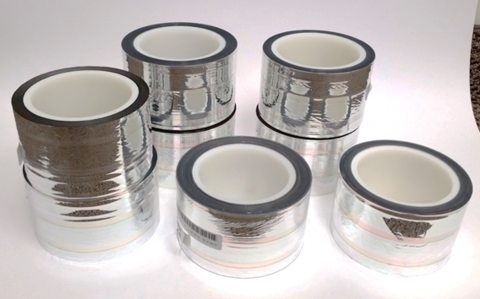An MGI approach to new dielectric polymers for wound film capacitors

Creating the next generation of wound film capacitors. See https://doi.org/10.1002/adma.201600377.
Created September 2, 2021

Creating the next generation of wound film capacitors. See https://doi.org/10.1002/adma.201600377.